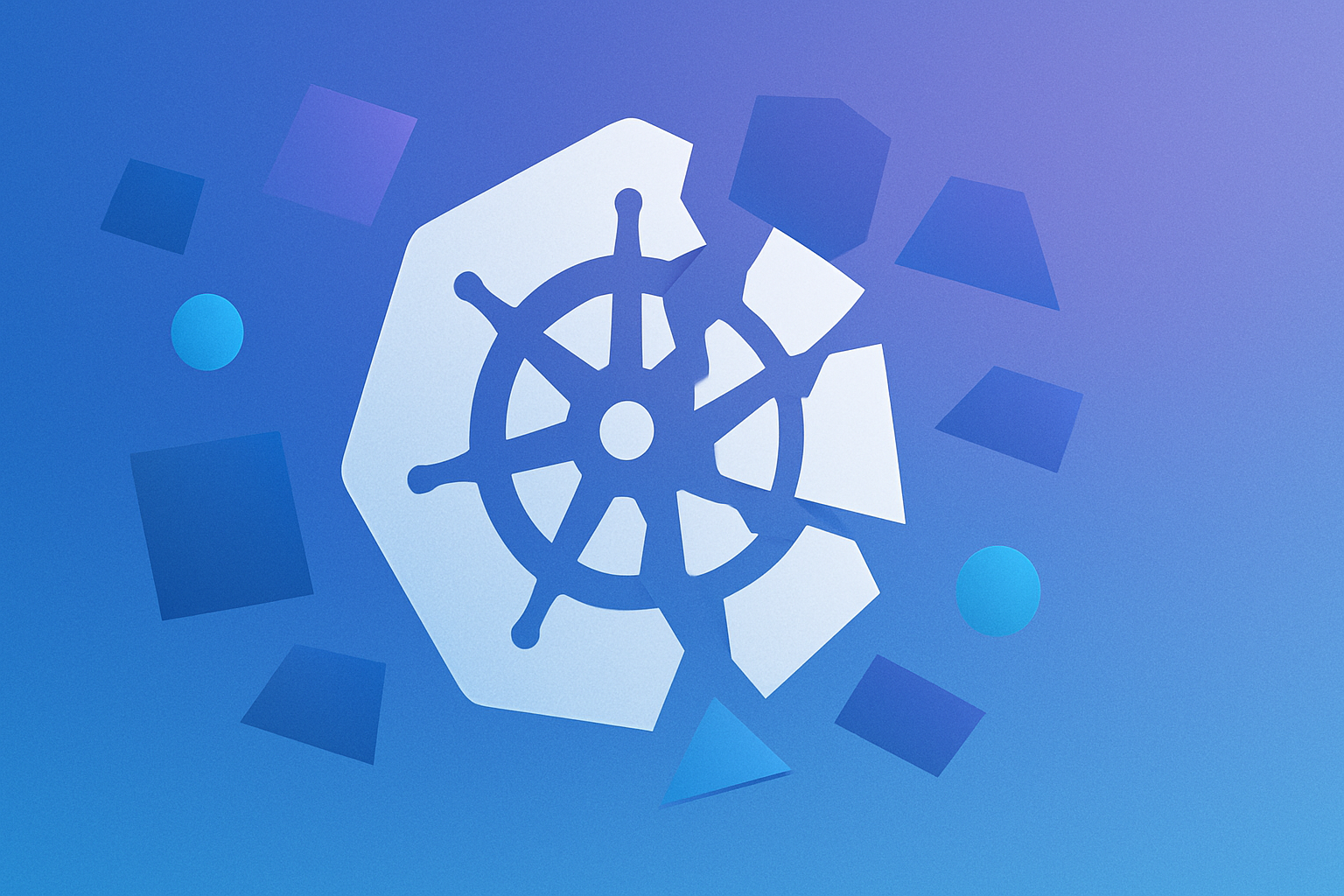What is an internal developer platform and why do you need it
In today's fast-paced and competitive world of software development, companies are constantly seeking ways to streamline their processes and improve efficiency. One solution that has gained significant traction in recent years is the implementation of an internal developer platform. But what exactly is an internal developer platform, and why do you need it?
What is an internal developer platform
An internal developer platform is a set of tools, technologies, and processes that enable developers within an organization to build, test, and deploy applications more efficiently. It provides a centralized platform for developers to collaborate, share code, and automate repetitive tasks, making it easier to deliver high-quality software at a faster pace.
Developing software within an organization can be a complex and time-consuming process. Developers often face challenges such as setting up and managing infrastructure, dealing with dependencies, and ensuring consistent environments across different development teams. These challenges can slow down the development process and hinder innovation.
However, an internal developer platform addresses these challenges by providing a streamlined and standardized development environment. It offers a range of services and tools that simplify the development workflow, allowing developers to focus on writing code and delivering value to end-users.
One of the key features of an internal developer platform is its ability to abstract away the complexities of infrastructure provisioning and configuration. Traditionally, developers had to spend a significant amount of time setting up servers, managing databases, and configuring networking. This manual and error-prone process often resulted in delays and inconsistencies.
With an internal developer platform, developers can easily provision and manage infrastructure resources through a self-service interface. They can quickly spin up virtual machines, containers, or serverless functions, without having to worry about the underlying infrastructure details. This not only saves time but also ensures consistency across different development environments.
In addition to infrastructure management, an internal developer platform also provides a range of tools for code collaboration and version control. Developers can easily share code repositories, collaborate on projects, and track changes using popular version control systems like Git. This promotes collaboration and helps teams work together more efficiently.
Furthermore, an internal developer platform often includes built-in automation capabilities. Developers can automate repetitive tasks such as building, testing, and deploying applications, reducing manual effort and minimizing the risk of human error. Automation also enables continuous integration and continuous deployment (CI/CD), allowing teams to deliver software updates more frequently and reliably.
Overall, an internal developer platform empowers developers by providing them with a unified and efficient development environment. It eliminates the need for developers to become experts in infrastructure management, allowing them to focus on what they do best - writing code and delivering innovative solutions. By streamlining the development process, an internal developer platform enables organizations to accelerate their software delivery and stay ahead in today's fast-paced digital landscape.
Why (and when) do you need an internal developer platform?
As software development projects become more complex and the demand for faster delivery increases, organizations are realizing the need for an internal developer platform. Here are a few key reasons why you should consider implementing one:
- Streamlined development processes: An internal developer platform provides a standardized set of tools and processes, ensuring consistency and reducing the time developers spend on repetitive tasks. It allows teams to focus on writing code and delivering value.
- Improved collaboration: By centralizing software development activities, an internal developer platform fosters collaboration among team members. It enables easier code sharing, knowledge transfer, and cross-functional collaboration.
- Accelerated time to market: With an internal developer platform, teams can quickly spin up development environments, automate testing, and employ CI/CD pipelines. This leads to faster iterations and shorter release cycles, allowing organizations to bring their products to market more rapidly.
Implementing an internal developer platform is not a one-size-fits-all solution. Organizations differ in their scale, development processes, and technology stacks. Therefore, it is essential to carefully evaluate your specific needs and objectives before adopting an internal developer platform.
Examples of internal developer platforms
Several companies have successfully implemented internal developer platforms to accelerate their software development processes. One notable example is Netflix, which developed its own platform called Spinnaker. Spinnaker enables Netflix engineers to deploy code changes to the production environment easily and securely, reducing deployment errors and increasing release velocity.
Another example is Google's internal developer platform, which is based on Kubernetes. The platform provides developers with a unified environment for building, deploying, and managing containerized applications. By leveraging this platform, Google has been able to scale its software development efforts and improve developer productivity.
Internal developer platforms have become increasingly popular in organizations looking to streamline their software development processes and enhance collaboration among developers.
Introducing Backstage.io
One example of an internal developer platform is Backstage.io, developed by Spotify. Backstage.io serves as a centralized hub for developers within the organization, allowing them to discover, share, and collaborate on different projects. It provides developers with easy access to documentation, code repositories, and deployment pipelines, streamlining their workflow and minimizing repetitive tasks.
One of the key benefits of Backstage.io is its ability to reduce duplication of efforts. With a centralized platform, developers can easily find existing projects and components, avoiding the need to reinvent the wheel. This not only saves time but also ensures consistency across projects.
Furthermore, Backstage.io enhances productivity by providing developers with a unified view of their projects. They can access relevant documentation, code repositories, and deployment pipelines all in one place. This streamlines the development workflow and eliminates the need to switch between multiple tools and platforms. Check out 9 useful Backstage plugins.
Another noteworthy feature of Backstage.io is its extensibility. The platform allows developers to create custom plugins and integrations tailored to their specific needs. This flexibility enables teams to adapt the platform to their unique workflows and requirements, further enhancing efficiency.
Backstage.io has gained significant traction in the developer community since its release. Its open-source nature has encouraged contributions from developers worldwide, resulting in a vibrant ecosystem of plugins and extensions. This collaborative approach ensures that the platform continues to evolve and adapt to the ever-changing needs of software development.








